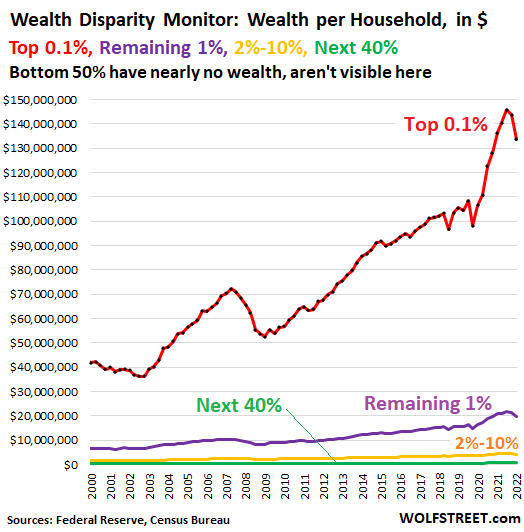Regulations during and after the Gilded Age weren’t arbitrary limits on capitalism—they were responses to real abuses, instability, and suffering. They aimed to correct market failures, protect the vulnerable, and ensure that capitalism remained sustainable over time. Here's
why and
how the regulations helped:
 WHY REGULATIONS HELPED
WHY REGULATIONS HELPED
1.
Unregulated markets allowed employers to:
- Pay poverty wages.
- Use child labor.
- Demand 12–16 hour days in dangerous conditions.
Result: High injury rates, premature deaths, and widespread misery.
Regulations like labor laws, child labor bans, and workplace safety rules (e.g., after the Triangle Shirtwaist Fire in 1911) protected basic human rights and safety.
2.
Monopolies (Standard Oil, U.S. Steel, railroads) crushed competition through:
- Predatory pricing.
- Collusion.
- Buying political influence.
Antitrust laws like the Sherman Act (1890) and later the Clayton Act (1914) prevented dominant firms from rigging the market.
Result: Small businesses had a chance to compete, and consumers had more choices.
3.
Unregulated finance led to repeated panics (e.g., 1873, 1893, 1907).
- Banks failed, wiping out people’s savings.
- There was no deposit insurance or central stabilizing mechanism.
Reforms like the Federal Reserve Act (1913) and FDIC (1933) introduced monetary stability and insured bank deposits.
Result: Fewer catastrophic collapses, and more public trust in banks.
4.
Unsanitary meatpacking plants and fraudulent medications were common (famously documented in Upton Sinclair’s
The Jungle).
Regulations like the Pure Food and Drug Act (1906) and creation of the FDA ensured that:
- Food and drugs were inspected.
- Dangerous products were removed from the market.
Result: Public health improved, and consumer confidence grew.
5.
In unregulated markets, if you lost your job, got injured, or grew old, you were on your own.
New Deal-era reforms (1930s) introduced:
- Social Security.
- Unemployment insurance.
- Minimum wage laws.
Result: Reduced extreme poverty and made capitalism more humane and resilient during downturns.
 HOW THESE REGULATIONS
HOW THESE REGULATIONS
Contrary to libertarian fears, these reforms didn’t destroy capitalism—they
stabilized it:
- Workers became healthier and more productive.
- Markets became fairer, encouraging innovation and competition.
- Consumers trusted businesses more.
- The middle class grew, boosting demand and economic dynamism.
 Summary
Summary
Regulations were
not about rejecting capitalism—they were about saving it from its own excesses. Just as
rules in a game make it playable and fair, regulations make markets more stable, just, and prosperous over time.
Unregulated capitalism may grow quickly in the short term—but without regulation, it eats itself.





![P312-share-of-wealth.png[img]](https://www.legalevolution.org/wp-content/uploads/sites/262/2022/06/P312-share-of-wealth.png[img])